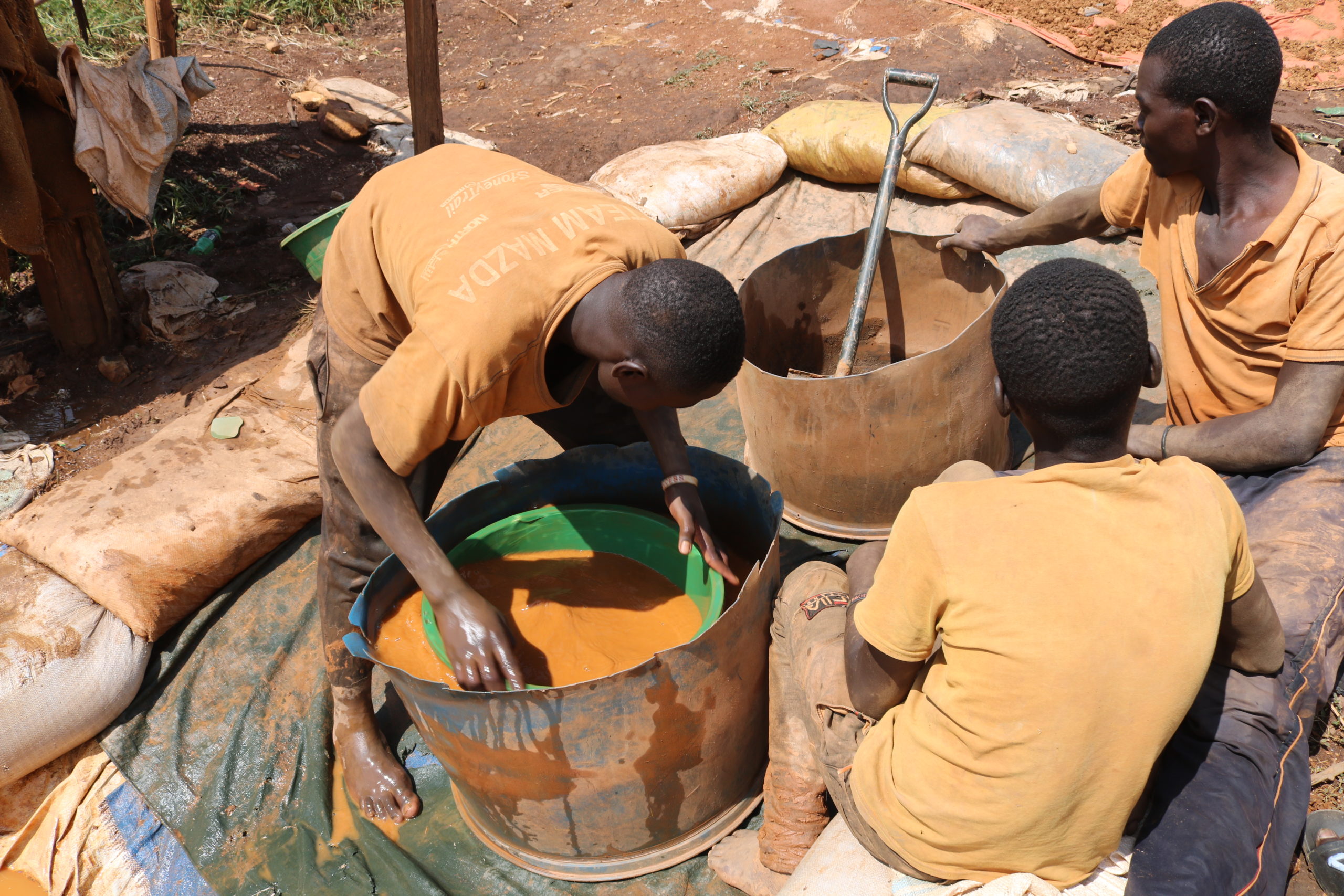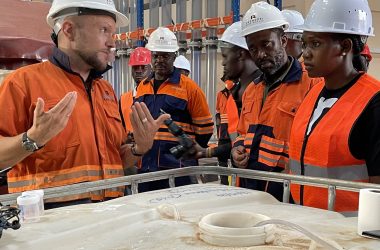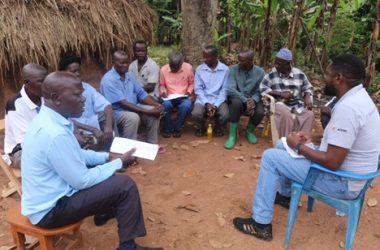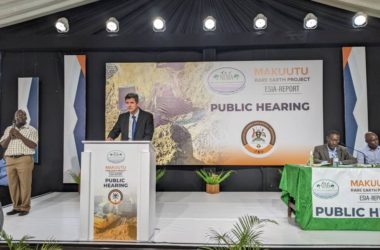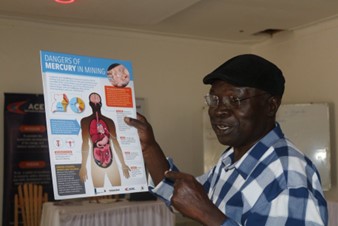Miners criticise the move, saying it was rushed yet they have no alternatives.
The use of mercury in mining operations has been outlawed in the Mining and Minerals Act 2022.
The new law, assented to by President Museveni in October 2022, sets a steep penalty for persons found using mercury in their mining operations. Subsection (1) of Clause 255, sets a hefty fine of five thousand currency points, equivalent to 100 million shillings, or imprisonment of three years, or even both. The law also directs that use of cyanide in mining operations must be authorised by the Government. Miners who use cyanide without that authorisation risk the same penalty.
Mercury is widely used during the processing of gold ore through whole ore or concentration amalgamation, accounting for the most mercury emissions worldwide, which studies put at 1,400 tonnes yearly.
Miners, however, are unhappy with the new law, arguing that not only are the penalties extremely harsh, but the law was rushed without wide stakeholder consultation. They also argue that the Government should have provided an alternative to mercury before outlawing it.
“The option of using cyanide is not viable because it is expensive,” says Kabuye Ivan, a gold miner from Busia. “A tin costs in excess of one million shillings while a kilo of mercury costs seven hundred thousand shillings. If government somehow subsidises the price of cyanide, people will eventually abandon mercury.” Gold miners also argue that setting up the necessary infrastructure for a cyanide plant can cost up to 250 million shillings, yet the cyanidation process takes two months to produce gold.
Civil society efforts to clean Uganda’s gold
Uganda has just launched a 5-year planetGOLD Project aimed at reducing mercury use by artisanal and small-scale gold miners. The project is in partnership with the United Nations Environment Programme as the implementer; IMPACT as the executor with support from NEMA and the Directorate of Geological Survey and Mines. The project aims to reduce mercury use in the sector by 15 tonnes over its lifetime.
According to PlanetGOLD, the project “will introduce miners to solutions to environmental and social challenges in the sector, helping transition toward more responsible gold mining.”
Lynn Gitu, the planetGOLD project manager, told this publication that interventions will include financial inclusion and responsible supply chains- supporting artisanal and small-scale miners to access credit from financial institutions as well as government and development partner-led financing initiatives.
Additionally, the project aims to bring ASM gold into the international supply chains as they learn to comply with international standards like the EU regulations, ICGLR RCM, planetGOLD criteria, among others.
The Africa Centre for Energy and Mineral Policy also recently launched a Self-Regulation Manual for artisanal and small-scale gold miners to guide them in managing waste and handling of mercury at their sites.
The simplified manual can guide miners to self-assess issues of health and safety at their mine sites including proper handling of mercury and management of vapour/recycling, personal protection, wastewater disposal, management and treatment of tailings, mercury usage and personal protection.
Emmanuel Kibirige, the general secretary of the Uganda Association of Artisanal and Small-scale Miners, said of the manual: “It is a good self-assessment tool. Government should have encouraged that first before prohibiting chemicals like mercury which gives law enforcers chance to extort money from ASMs due to the new punitive measures.”

